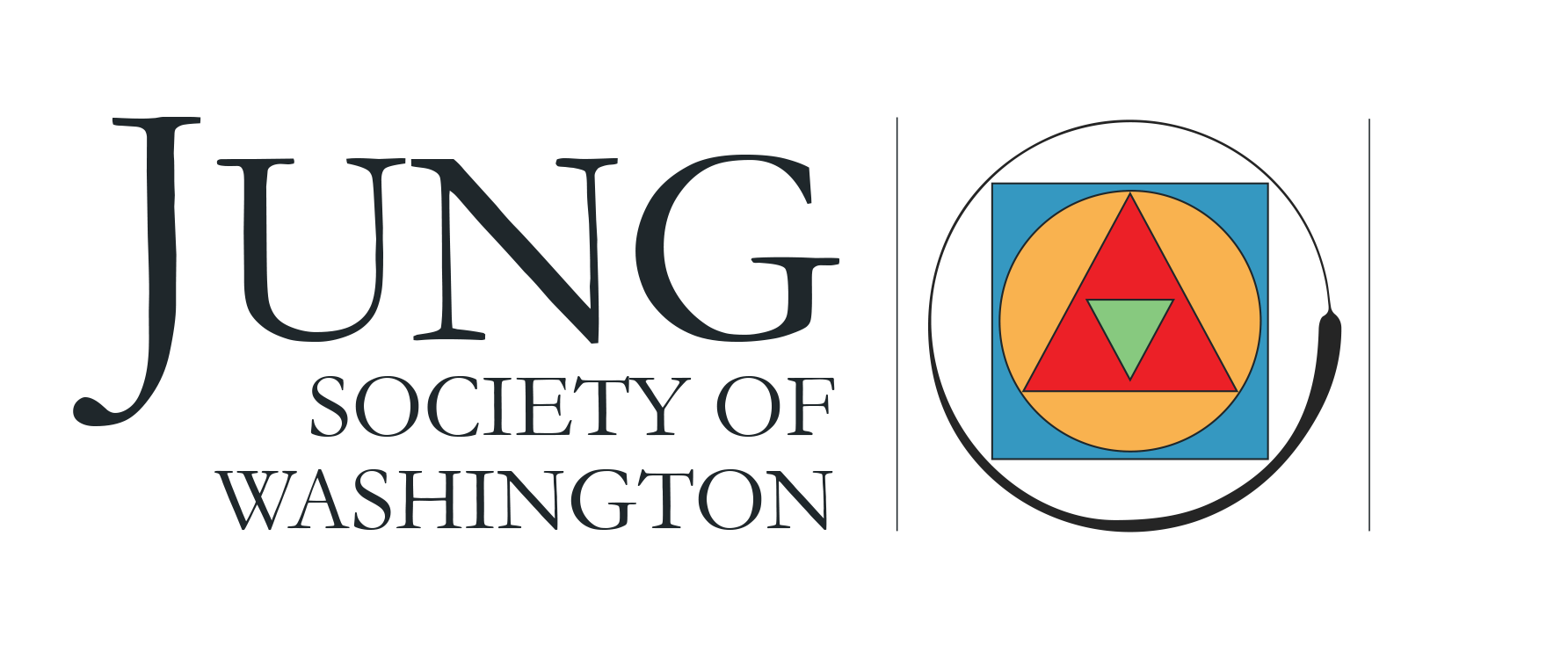Menu
Log in
KEEP IN TOUCH 5200 Cathedral Ave., NW support@jung.org Our staff is part time and we are currently working from home. You can reach us with any questions at support@jung.org LIBRARY The library is open by appointment only. Please contact us through support@jung.org and we will assist you. |
The Jung Society of Washington is a 501(c)(3) tax-exempt organization, a nonprofit educational institution. Our IRS form 990 is available upon request. Although many of the Jung Society's programs involve analytical psychology and allied subjects, these offerings are intended, and should be viewed, as a source of information and education, and not as therapy. The Jung Society does not offer psychoanalytical or other mental health services.
Images of mandalas throughout this site were created by Carl Jung's patients between the years 1926 and 1945.
Privacy Policy
Powered by Wild Apricot Membership Software
